Journalism in the fire of the Central Highlands
Sipping strong tea, Mr. Le Duc Tuan slowly told that, following the general mobilization order, on March 27, 1967, he and other young men from Hanoi enlisted in the army. He was assigned to Company 1, Battalion 7, Regiment 209, Division 312, the unit that captured General De Castries alive in the Dien Bien Phu Campaign.
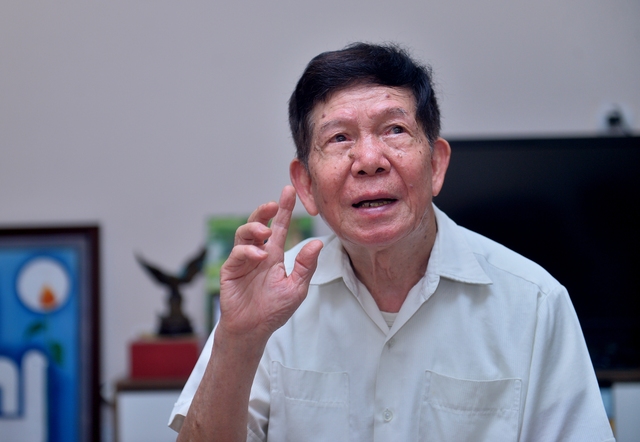
Lieutenant Colonel Le Duc Tuan (84 years old), former journalist and artist of the Secretariat, People's Army Newspaper. Photo: DINH HUY
As a painter in the army, with a deep love for his profession, in addition to his personal belongings, he also brought notebooks, pencils, watercolors... with the hope of redrawing pictures along the march.
During his first year in the army, while marching and training, he still took the time to record the activities of the unit, the villages he passed through, the faces of his comrades... with 112 sketches. He always carried the diary with him, kept at the bottom of his backpack.
In March 1968, Mr. Tuan's unit gathered at Kleng ( Kon Tum ) to prepare to fight the enemy in Chu Tan Kra. However, before entering the battle, the superiors required the soldiers to leave all their belongings behind, only bringing weapons and equipment for combat. Mr. Tuan had to leave behind that picture diary.
The battle of Chu Tan Kra was so fierce that many of Mr. Tuan's comrades sacrificed their lives. More than 120 people left, only more than 20 returned, and the sketchbook was lost since then.
"When I fought in the battle of Chu Tan Kra, my belongings were left behind about 5.6 km. Initially, we thought that after the battle, we would return to the forward base to get our backpacks, but because the base was discovered, the enemy took away the sketchbook," said Mr. Tuan.
In August 1968, Mr. Tuan's unit attacked the enemy in Duc Lap ( Dak Nong ). In this battle, Mr. Tuan was injured and had to stay for treatment, while his teammates continued to fight in the South. After being treated for his injuries, Mr. Tuan was transferred to work as a statistical assistant at Military Station 4. Here, Mr. Tuan met a reporter from Tay Nguyen Newspaper who wrote about the brave soldiers of the Duc Lap battle. Discovering that Mr. Tuan was a painter, the reporter reported to the leaders of the Tay Nguyen Front (codename B3) and asked him to work for Tay Nguyen Newspaper .
In May 1970, Mr. Tuan officially became an artist for Tay Nguyen Newspaper , and his chance to work in journalism began. After 4 years working at Tay Nguyen Newspaper , Mr. Tuan was an artist, editor, and in charge of printing the newspaper, so he matured quickly.
Mr. Tuan said that those were the most difficult years of his journalistic career. "We said we were journalists, but life and death were very fragile at that time. The enemy dropped bombs and shelled day and night, so there was no safe place. We also often joked about being able to bathe in B-52s because we had just gone down to the Ta Dat River to bathe for a few minutes when the enemy dropped B-52 bombs along the river, because they knew our soldiers often went down to bathe in the afternoon," Mr. Tuan said.
Although the Tay Nguyen Newspaper headquarters was near the B3 Command Headquarters, it was not safe for long. In less than a year, they had to move to a new house. The house here was a bunker, covered with leaves above. Each reporter and leader would stay in the bunker; the bunkers were connected by alleys, so if there were bombs or bullets, they would move to take shelter.
"During the day, we don't have to talk, but at night we have to stay in the basement, use oil lamps to write articles, and present publications to match the propaganda intentions of the leaders," said Mr. Tuan.
In addition to writing and presenting the newspaper, Mr. Tuan was also responsible for printing the newspaper. He said that at that time, the production of a newspaper publication was completely manual, the printing staff had to operate the printing machine by foot and only printed one side of the newspaper at a time.
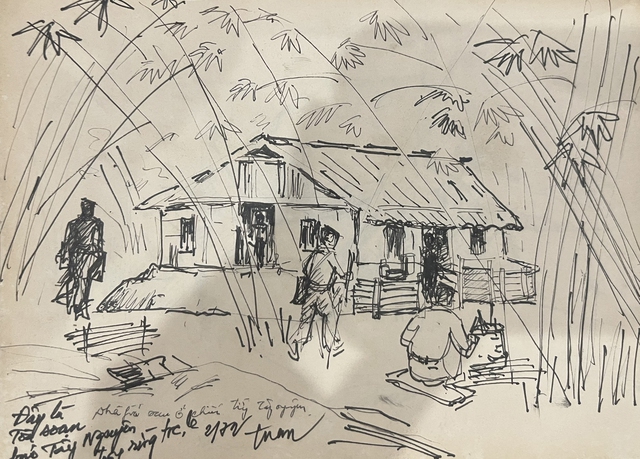
Sketch of Mr. Tuan's Tay Nguyen Newspaper headquarters. Photo: DINH HUY
After the artist finishes drawing, he hands the picture over to the woodcarver to engrave it according to the drawing, then it will be arranged with the text to be printed. Normally, the newspaper is published periodically once a month; but when there is an important event that needs to be promoted or informed early, the newspaper is made more urgently, every 3 days or 1 week. The whole editorial office often has to stay up all night working under oil lamps to keep up with the schedule.
"When I went to print newspapers, I always brought an AK and a pistol to guard against commandos. In the worst case, I would have to stay and fight. Honestly, I was quite scared when I went on trails in the deep forest," he said about the time he went through forests and waded through streams alone to bring publications to print. Each trip lasted 3-4 days.

Sketch of the printing scene of Tay Nguyen Newspaper by Mr. Tuan. Photo: DINH HUY
In 1974, while on a business trip to Dien Binh (Dak To District, Kon Tum), Mr. Tuan was unfortunately injured in an attack by the Saigon army. He was then transferred to Hanoi for treatment and had the opportunity to become a painter for the People's Army Newspaper , working in the Secretariat.
The map of a lifetime in the newspaper celebrating the country's reunification day
At the People's Army Newspaper , Mr. Tuan worked with artist Nguyen Son. Later, Mr. Son asked to leave because the night shift work was too tiring. Mr. Tuan became the main artist of the newspaper. "I am a soldier, I am used to hardship, so I try to stick with it," said Mr. Tuan.
Mr. Tuan revealed that in the first 2 years working at the People's Army Newspaper , almost all the war maps passed through his and his colleagues' hands. In particular, the main highlight was the map of 5 armies advancing to liberate Saigon published in the People's Army Newspaper on the morning of May 1, 1975, updating the situation early on the day the country was completely unified.
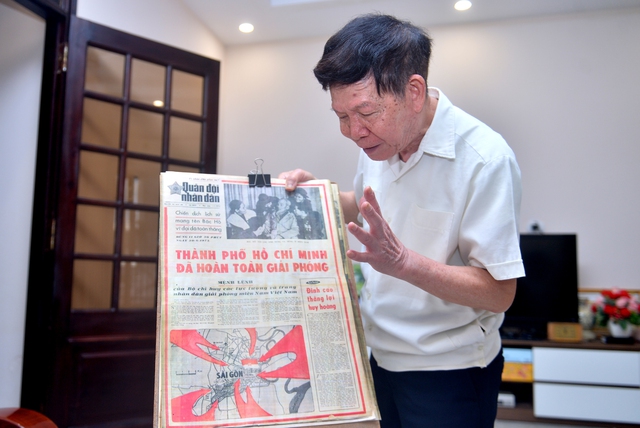
Mr. Tuan shared about the map published in the People's Army Newspaper to celebrate the country's reunification day. Photo: DINH HUY
The content of page 1 is quite concise, at the top is a photo of "Uncle Ho with the heroes and brave soldiers of the South" (taken in 1969). On the left of the photo is the line "The historic campaign named after the great Uncle Ho was completely victorious at exactly 11:30 a.m. on April 30, 1975". Below is a prominent red headline running the entire page with the article "Ho Chi Minh City has been completely liberated". Below is the full text of the Order of the Command of the People's Armed Forces for the Liberation of South Vietnam (continued to page 2) and an editorial titled "The pinnacle of glorious victory", along with a map of the 5 offensive prongs to liberate Saigon.
Holding the newspaper stained with time in his hand, Mr. Tuan could not help but be moved. He said that the 5 red arrows symbolizing our 5 main forces were drawn by him on the afternoon of April 30, 1975.
"That day, Nguyen Son and I were assigned to draw a map of the battle to liberate Saigon, so we started our mission in the afternoon. Initially, we drew a draft of the campaign based on the information sent back. Mr. Son drew the map of Saigon, and I drew the attack points. After the draft, the editorial office's veteran campaign followers looked at it, gave their opinions, and then made edits to the final version as in the newspaper," Mr. Tuan recalled.
Mr. Tuan said that the moment of drawing the map to liberate Saigon was the most memorable moment of his life as a journalist. That afternoon, upon receiving the news of victory from VNA, more than 20 people poured into the Secretariat. All of them worked in an atmosphere of excitement, elated with joy and pride for the day of total victory. Everyone understood that this victory was exchanged for the blood and sacrifice of countless people.
Therefore, Mr. Tuan studied carefully to draw the attack points accurately, coloring our attack points strongly in red with the hope that whoever sees the map can quickly and accurately visualize the spirit of our army in this important victory.
The map of the offensive to liberate Saigon was used by Nhan Dan Newspaper , published in the same issue. After that day, a number of domestic and foreign newspapers also reused the map. In addition, the map is currently enlarged by the Vietnam Military History Museum, placed in a prominent position in the exhibition room about the April 30, 1975 Victory.
"Because the newspapers used it, the newspapers then transferred the royalties to the People's Army Newspaper , and we received 25% of that amount. On the day we received the royalties, we were surprised because there were so many coins. Son and I had to string them together and put them in our heavy bags," Mr. Tuan recalled.
In the following years, Mr. Tuan continued to work at the Secretariat of the People's Army Newspaper . Now, although he has retired for more than 20 years, he still remembers those difficult years. Especially when news of victory at the border was sent back, he was mobilized to work even on holidays.
After 32 years of working as a journalist, Mr. Tuan believes that journalism has given him everything. Although he has made many mistakes during his work, sometimes causing the agency to destroy or recall tens of thousands of newspapers, he is still proud to have contributed a little to the country's journalism.
"When we were journalists, it was so hard, so we hope that today's young generation of journalists will open their hearts and put all their efforts into their work. Especially, they must write with the truth, this is the thing that will last forever," Mr. Tuan emphasized.

Mr. Tuan reviews his illustrated diary when working for Tay Nguyen Newspaper. Photo: DINH HUY
The illustrated diary returns to its author after 42 years
According to Mr. Tuan, the person who picked up his "picture diary" was American Major Robert B. Simpson (combat officer of Battalion 3, Regiment 8, Infantry Division 4 of the US Army in the Pleiku - Kon Tum area) during a major sweep in early 1968. Simpson was really surprised by the beautiful pictures so he decided to keep them.
After picking up the diary, the American soldier tore up three pictures and sent them to his wife in the US. He hoped that when she saw the pictures, it would help her understand the reality of the war in which her husband was directly participating.
After being sent to the US, the three paintings were quickly published by a local American newspaper on May 20, 1968 with the title: "Stories from sketches of dead North Vietnamese soldiers" by reporter Charles Black.
The content of the article conveyed a message that was considered very strange to most Americans at that time when thinking about the war in Vietnam. With the message "Unusual aspects of the war", the article expressed admiration and respect for the beauty of the soul that the artist expressed through the painting.
After taking back the three paintings sent to his wife, Simpson gave the diary to Major General William R. Peers, who was the commander of the Dak To, Tan Canh front at that time. Like Major Simpson, American General William R. Peers was really surprised by the paintings in this diary. Mr. R. Peer kept it carefully, considering it a precious souvenir that he found during the war in Vietnam.
Mrs. Penny Peers Hicks, daughter of General Peers, in a letter to artist Le Duc Tuan, recounted that she herself found this illustrated diary in 1998, when she was searching for mementos left by her deceased father.
In a letter sent from the US, Mrs. Hicks confided that everyone was surprised and amazed by the pure, innocent soul and talent of the young artist. That was also the reason that urged her to return the diary to the author's family.
Mrs. Hicks's intention was materialized in November 2009. The illustrated diary was given to the representative of the Vietnamese military by Mr. Robert Newberry, Deputy Assistant Secretary of Defense of the US Department of Defense, Director of the Office in charge of POW and MIA issues of the US Department of Defense.
After 42 years of wandering, the illustrated diary returned to Vietnam and is kept at the Vietnam Military History Museum.
Source: https://thanhnien.vn/nha-bao-hoa-si-le-duc-tuan-va-buc-ky-hoa-de-doi-mung-ngay-dat-nuoc-thong-nhat-185250616235331699.htm




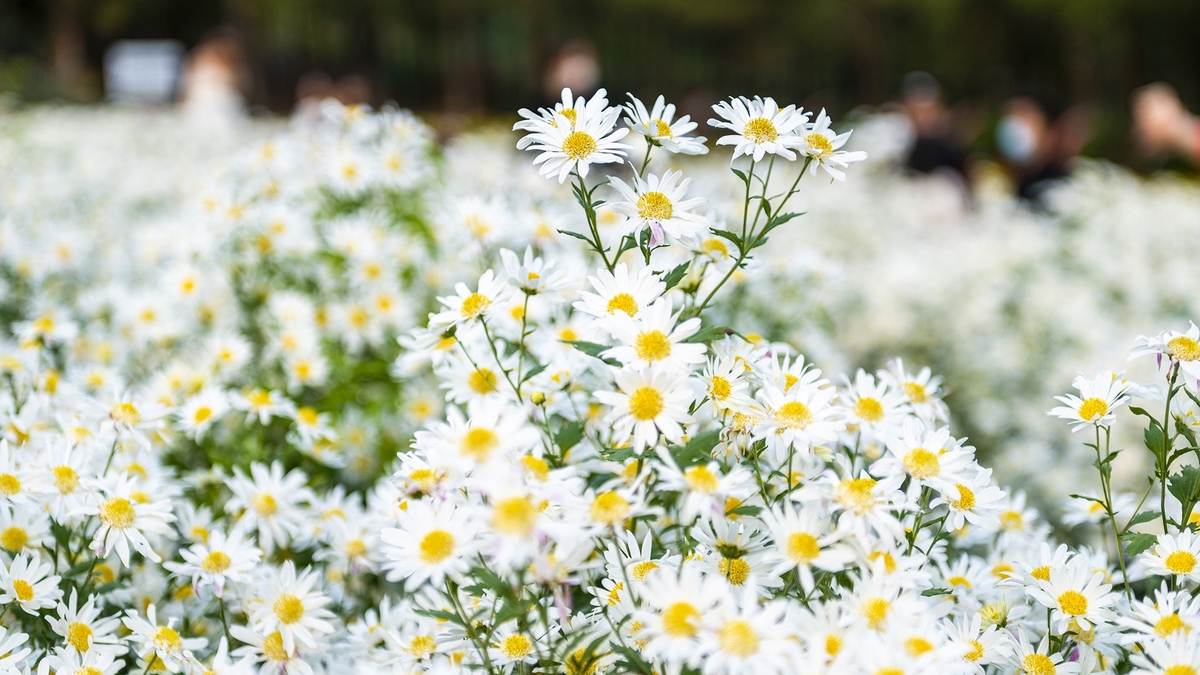

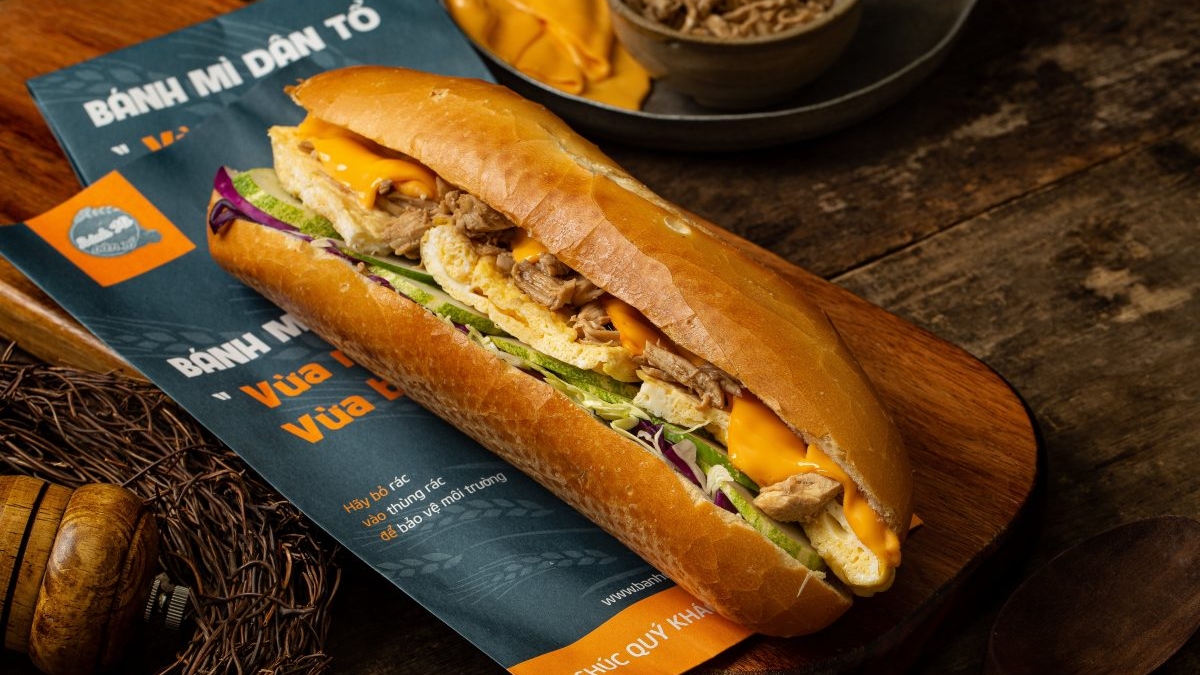
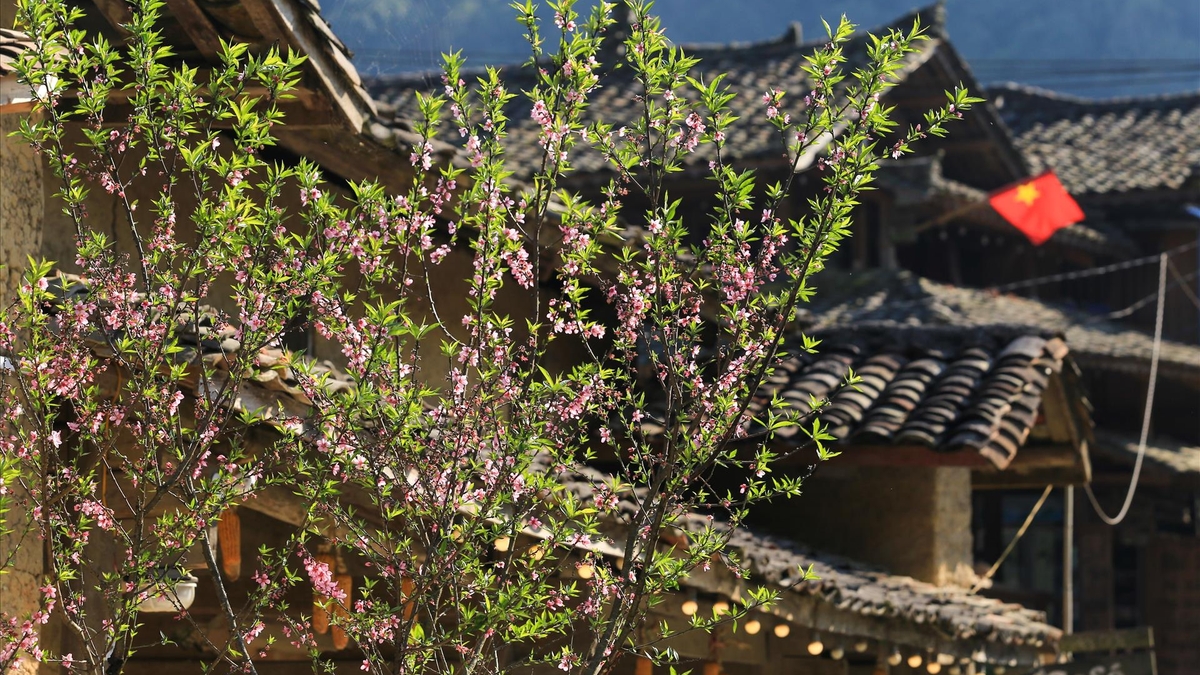
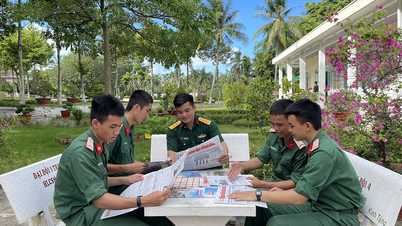



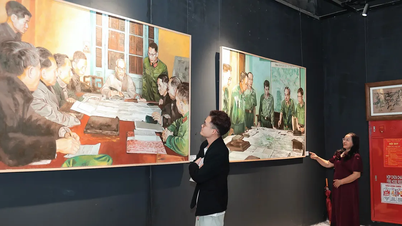






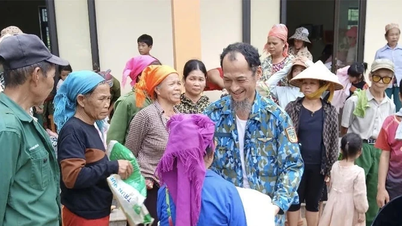





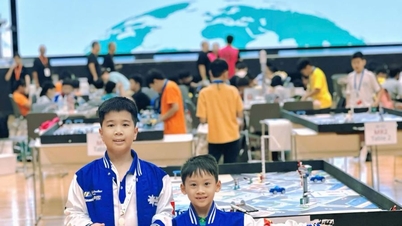







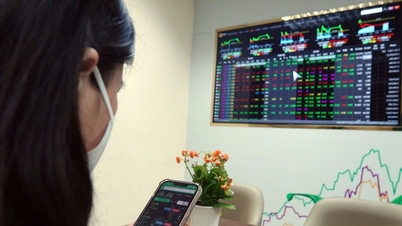




![[Photo] General Secretary To Lam and National Assembly Chairman Tran Thanh Man attend the 80th Anniversary of the Traditional Day of the Vietnamese Inspection Sector](https://vphoto.vietnam.vn/thumb/1200x675/vietnam/resource/IMAGE/2025/11/17/1763356362984_a2-bnd-7940-3561-jpg.webp)


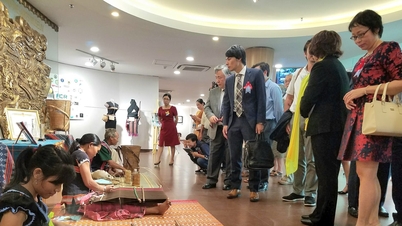







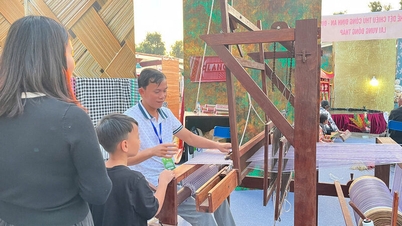




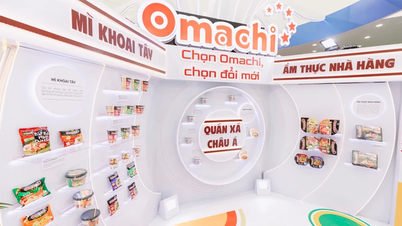

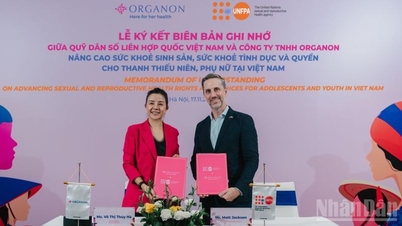






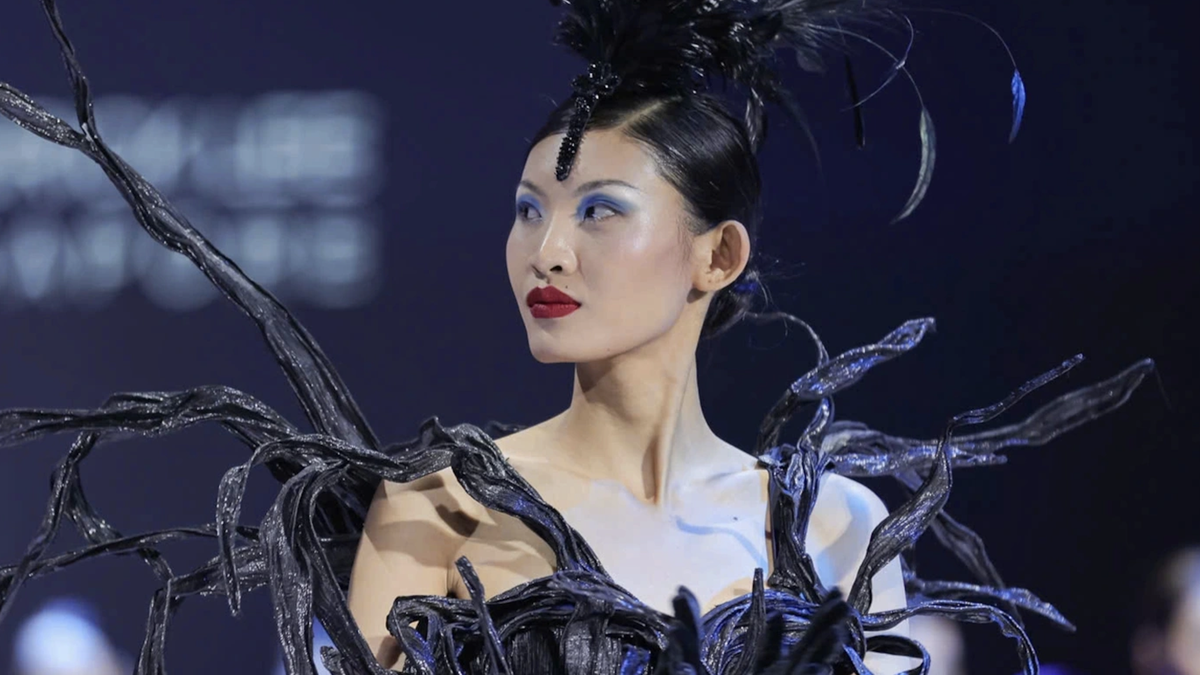


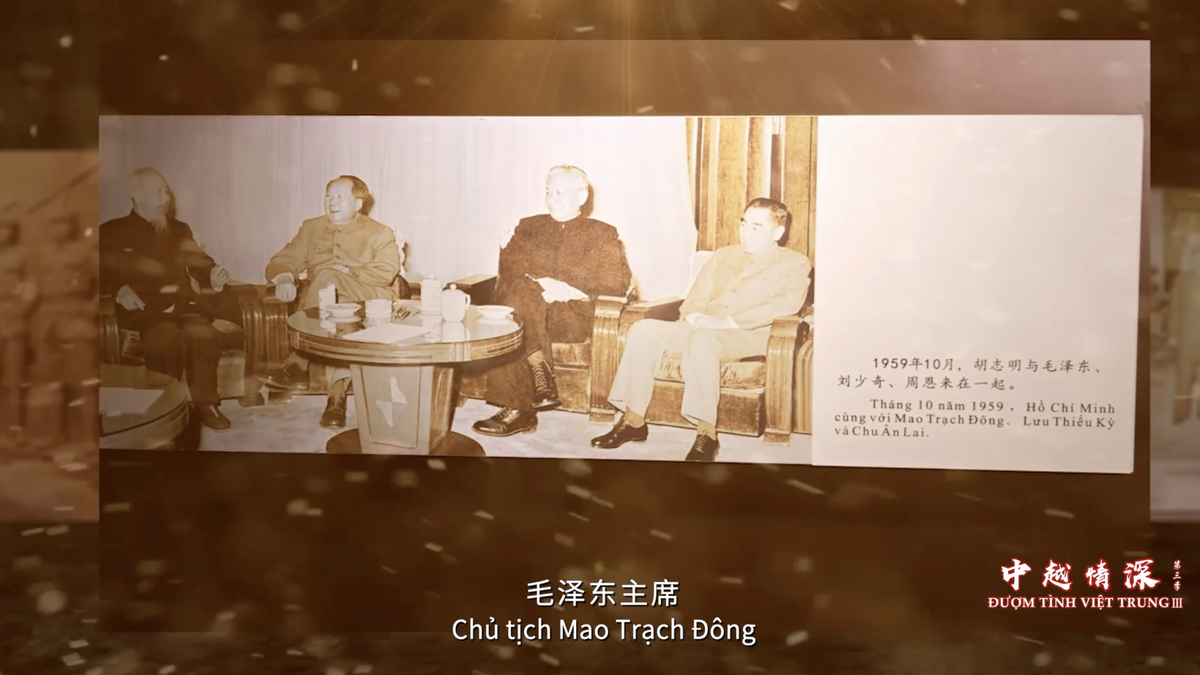





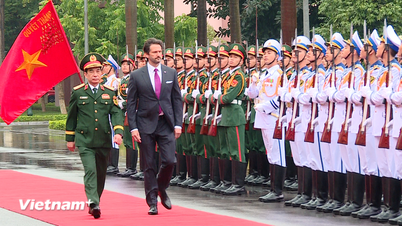



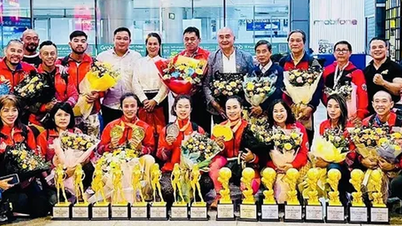






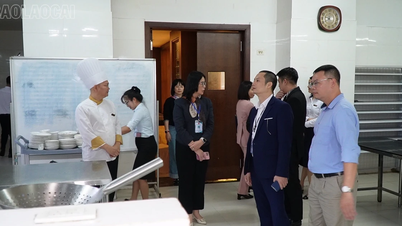









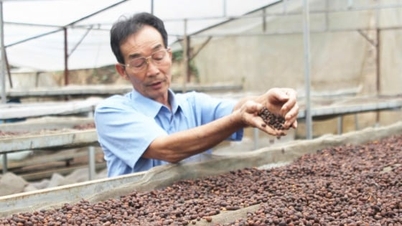
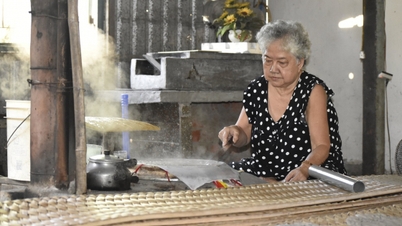





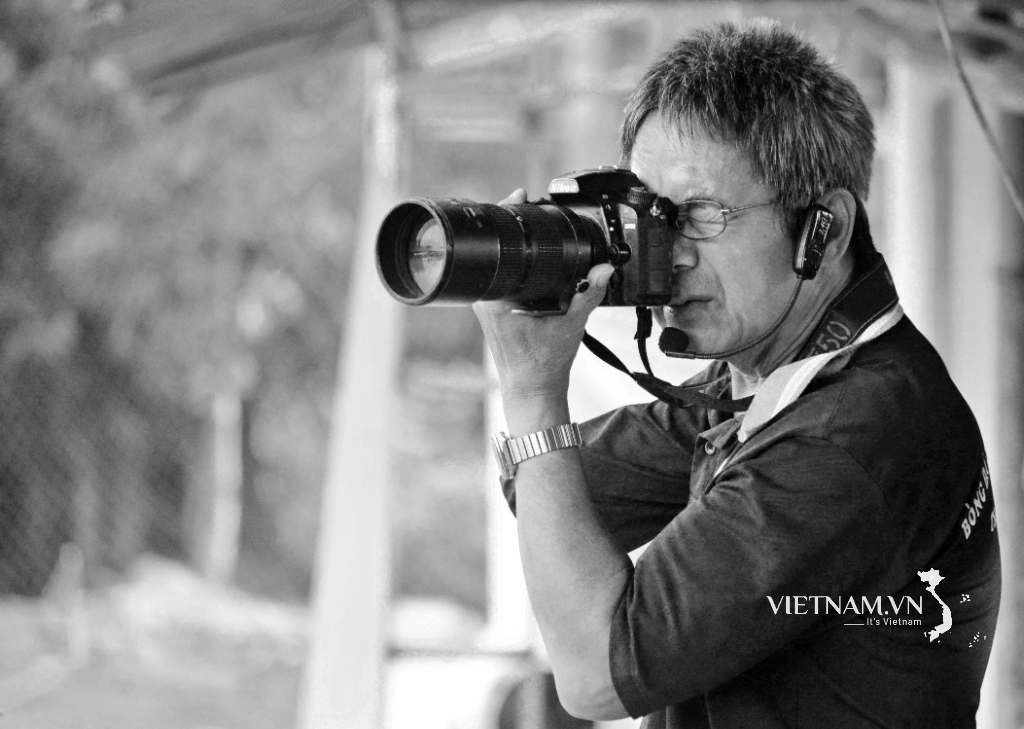

Comment (0)